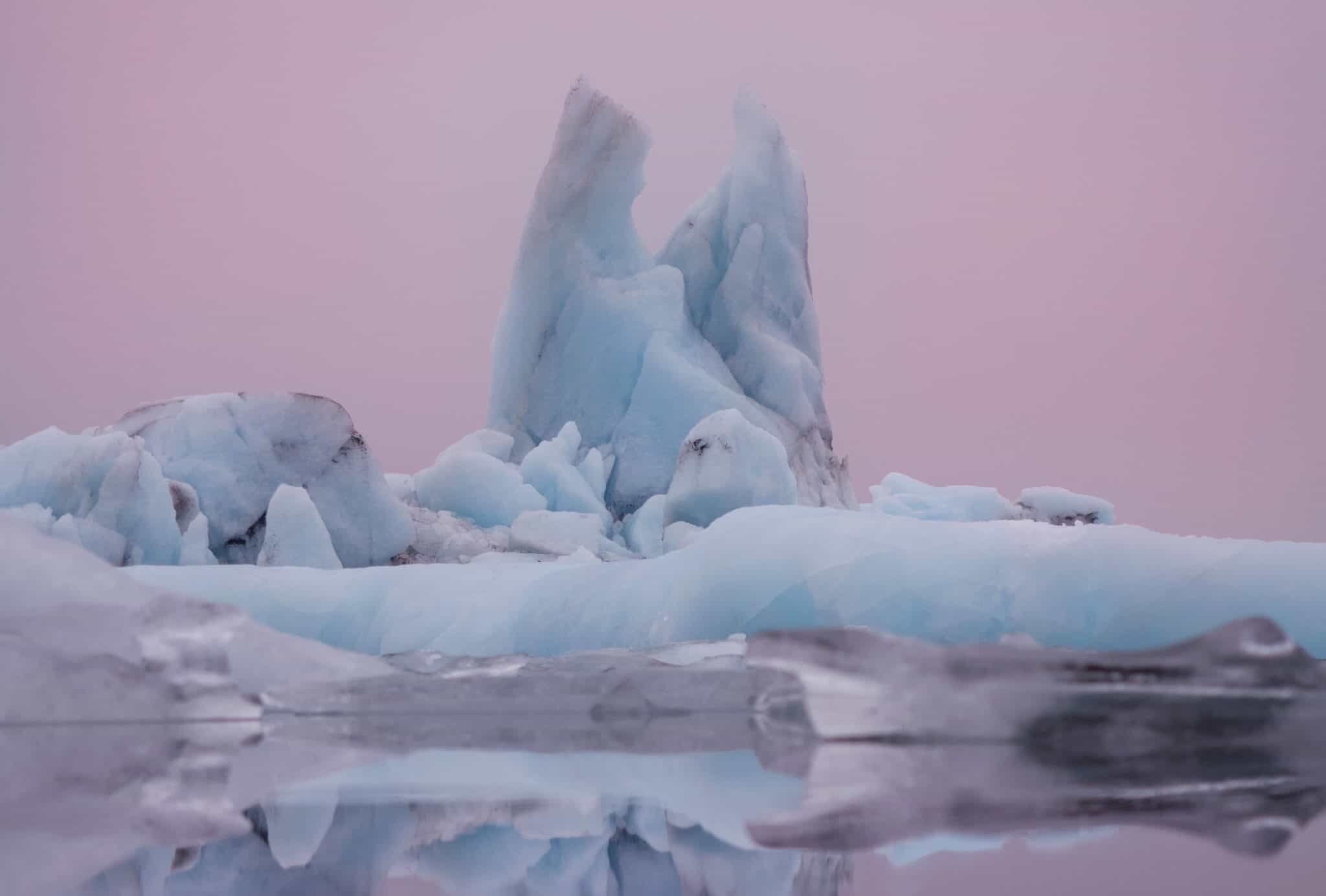
Why a zoom lens is beneficial for travel photography
Now before you click away thinking this article is going to be a high tech article about a zoom lens or fancy gadgets, wait a second…
I’m not one of those photographers who bulks up on gear and has more equipment than I’ll ever need. I like to keep it simple, one zoom lens, one versatile wide angle. Because I’m travelling most of the year, I prefer to travel with only a small professional camera kit in order to save my back and luggage allowance from any issues! I have what most people consider to be a little backpack and inside are two Olympus OM-D E-M1 MkII camera bodies and three lenses, four if I’m shooting underwater. It’s the same gear I use whether I’m shooting a tourism campaign, destination guide, editorial images or just for fun.
You can read more about ‘what’s in my bag‘ but usually when travelling I’ll have the M.Zuiko 12-40mm f.2.8 PRO lens and then in my backpack will have a 25mm f/1.2, 7-14mm f/2.8 and then what has quickly become my new favourite, a lens that if you’ve met me lately, I’ve no doubt thrown (gently) at you to try out.
The M.Zuiko 40-150mm f/2.8 PRO lens started as more of a curiosity than anything but after zooming in on glacial patterns in Iceland and breaking waves in Bali, I was quickly hooked on its abilities.
If you’re heading off on a trip soon or looking to invest in some new gear, I wanted to write a little article and share some key benefits of using a zoom lens while travelling, with some stories from my trips thrown in for good measure…
*At the bottom of this article you’ll find some tips on what to check for when buying a zoom lens!
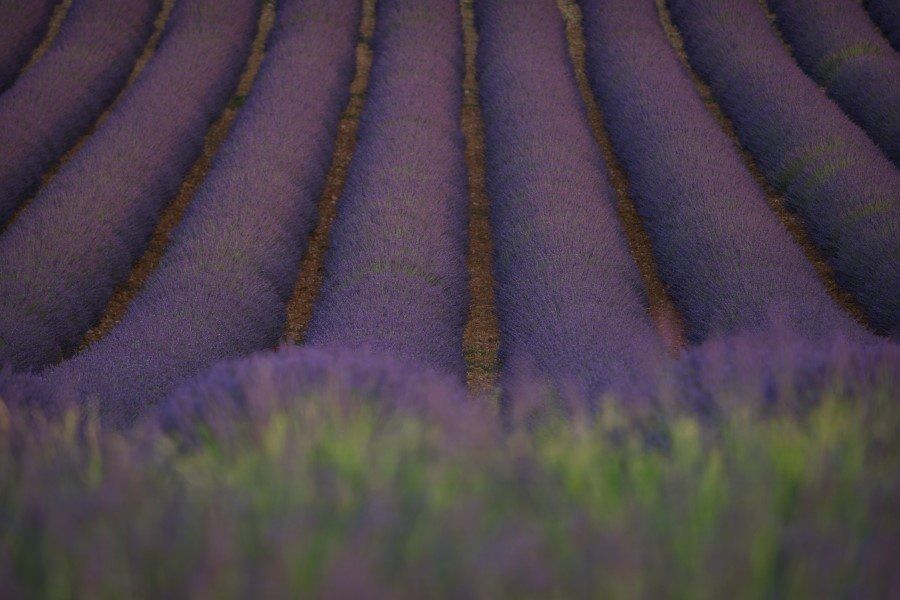
Focal Length Possibilities
Having a zoom lens enables you to mix things up with your composition. A prime lens of course only enables one focal length (which is great for certain circumstances) but choosing to travel with a zoom lens means you can get in close, zoom out and mix it up without needing to change your lens.
If you’re looking to condense your kit to just one lens while travelling, a zoom lens can be just the thing you need. My 40-150mm has been with me from Norway to New Zealand and I’ve used it primarily for landscapes, something I never really considered after falling for the perspective of a 7-14mm wide angle (also amazing!) that I now use more for underwater shots.
Take a peek below at two examples of the same landscape, icebergs in Iceland’s Jokulsarlon Glacier Lagoon…
Both were shot on the Olympus OM-D E-M1 Mk II camera and I love each shot equally but there’s something that draws me into the second image, zoomed to really highlight the formation and strength of the scene.
Which do you prefer?
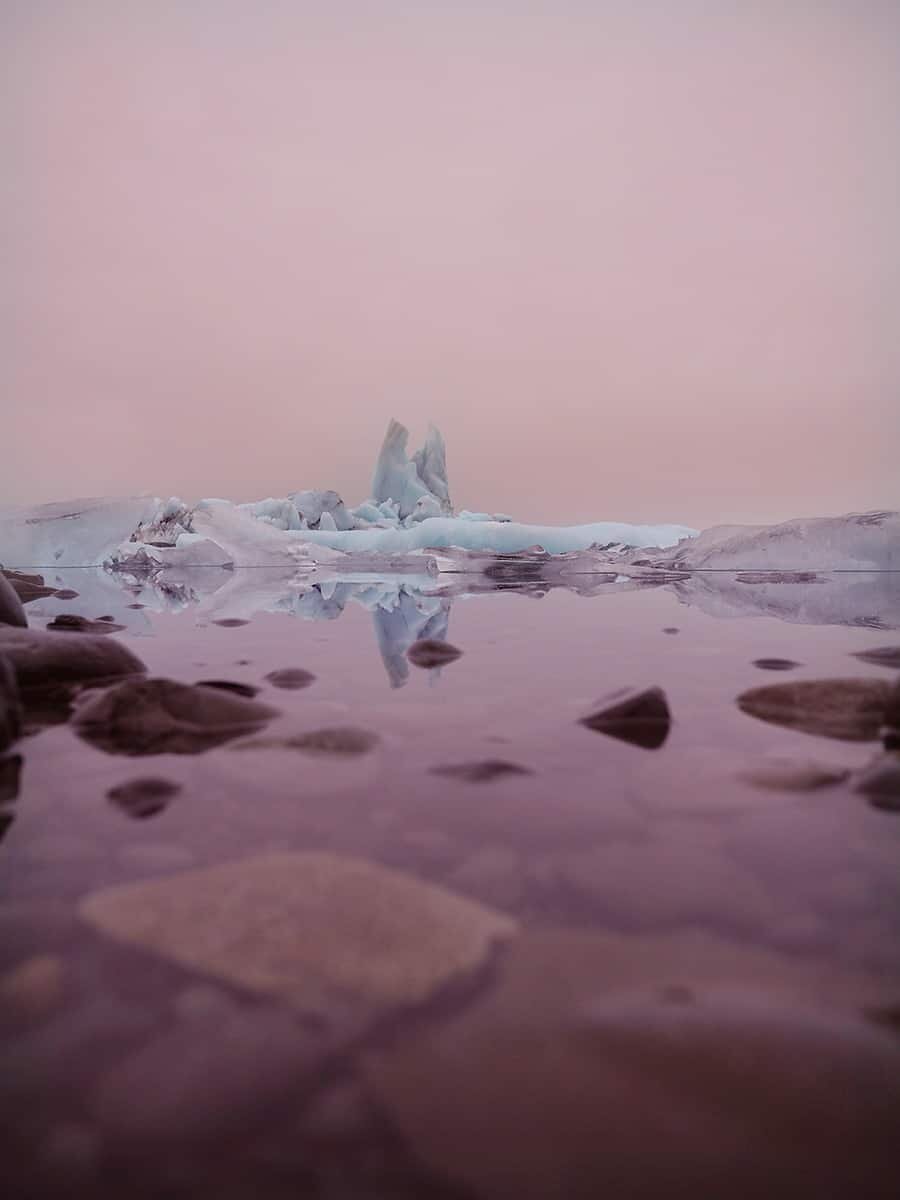
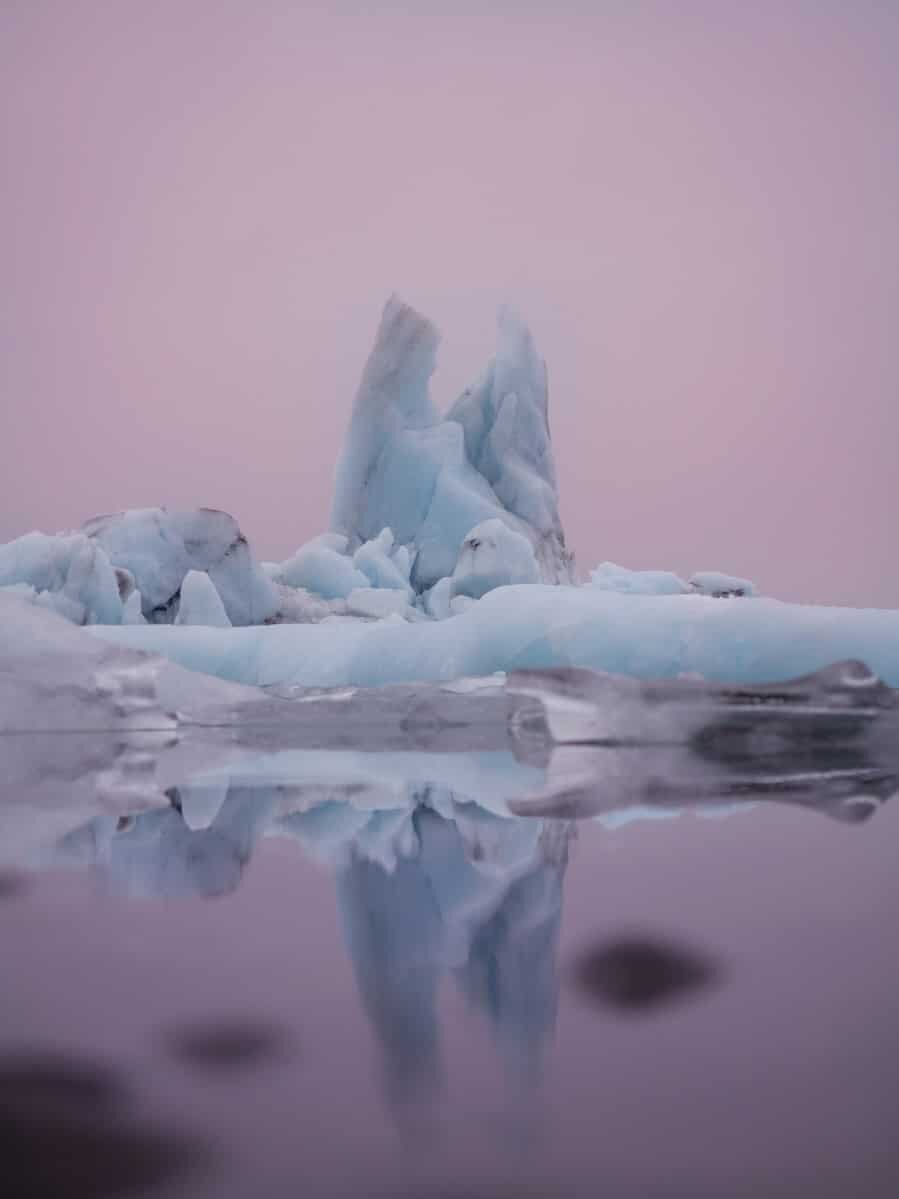
Another example from my recent trip to Kyoto is from Kiyomizudera (read here for my guide to more amazing places to photograph in Kyoto!). We stood at this exact location for about 90minutes, capturing various angles and waiting as the dusk skies appeared. Below are some images that highlight how a zoom lens can compress the scene and make the subject appear closer, framed by the soft foreground features.
Sure you can take a quick snap and keep on walking, but taking the time to compose, create and wait for the perfect shot really pays off because you end up with a whole collection of images to play with later!
From left to right you can see the focal length increasing and getting closer to the pagoda. The first shot is taken using the M.Zuiko 12-40mm f/2.8 PRO lens to show the scene and then the following three images were captured with the M.Zuiko 40-150mm f/2.8 PRO lens at various focal lengths.
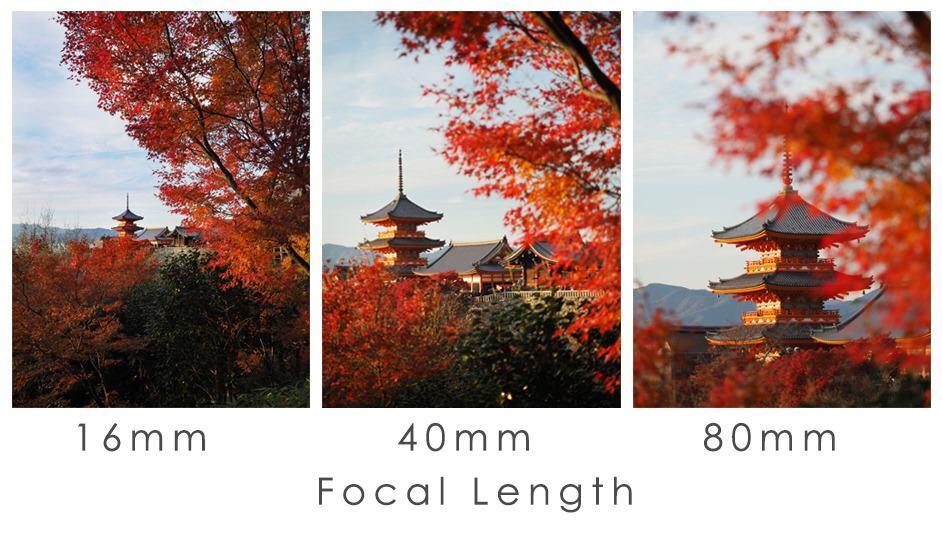
Creating Compression with a Zoom Lens
As you can see above in the sample images, a zoom lens can help you to bring the subject closer within your image. Rather than capturing the entire scene, zooming on particular details or composing your shot by framing a subject within the landscape helps to portray a compressed reality.
When you take a shot on your phone for example, you’ll be taking in the entire scene at once without much wriggle room to get creative and really showcase the details within the scene.
By zooming in to focus on a subject, you will create a perspective that can bring objects in the distance closer to compress them so they’ll appear larger. In the image below which was taken at Tacking Point Lighthouse in Port Macquarie, Australia, the lighthouse appears quite close. In reality I was across the cove up on some rocks and zooming through shrubs.
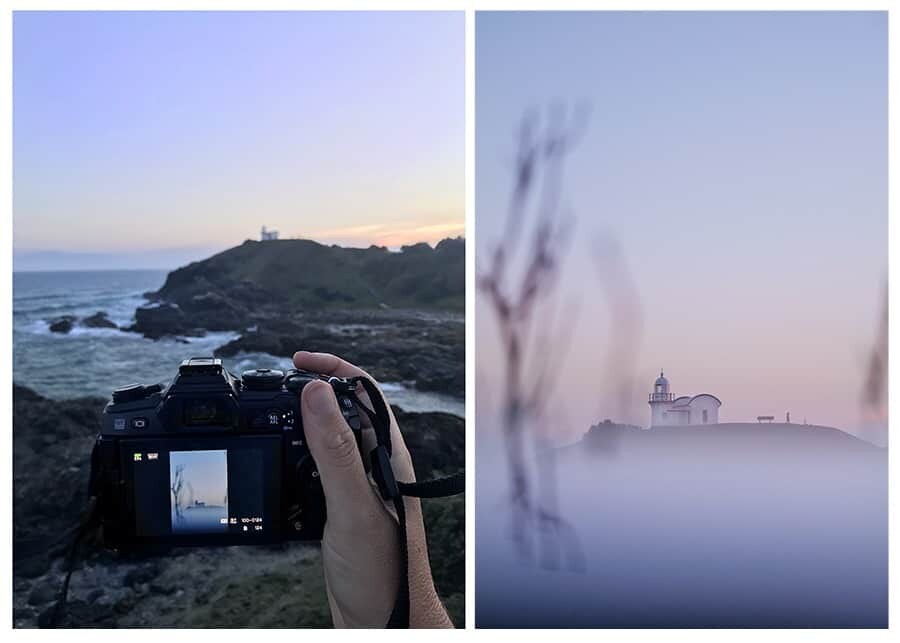
Capturing Cultural Portraits + Bokeh
I personally dislike having my photo taken so completely understand why others feel the same. When I’m travelling I try not to get in people’s faces with my camera and instead prefer to stand back, and zoom in if I’m attempting to take a portrait. I guess you would call it stalking…but you know, not in a creepy way 😊
Street scenes, faces in a crowd and cultural festivities can be great moments to capture and guess what, a zoom lens is going to be your best friend in this instance.
Without intruding, you can stand back and capture your shots, it’s the perfect solution for those who prefer to blend into a crowd than get in the way. Hello introverts dream!
*Of course it’s still important to remain sensitive especially when photographing events or scenes you may not understand the cultural significance of. Always be aware of when it’s best to put the camera down.
On my 2017 photography tour in Japan, we spent some time at the Meiji Shrine near Harajuku in Tokyo. It’s a popular shrine for celebrations including Shichi-Go-San, a traditional right of passage and festival for children aged 3, 5 and 7 years old, along with traditional wedding ceremonies.
Those getting married at Meiji Shrine are no doubt well aware that there are plenty of tourists with cameras around so you’re welcome to take photos, just don’t get in the way of the procession as they walk through the grounds.
The images below were captured with the M.Zuiko 40-150mm f/2.8 PRO lens and I was about 25m away from the people and zooming through crowds.
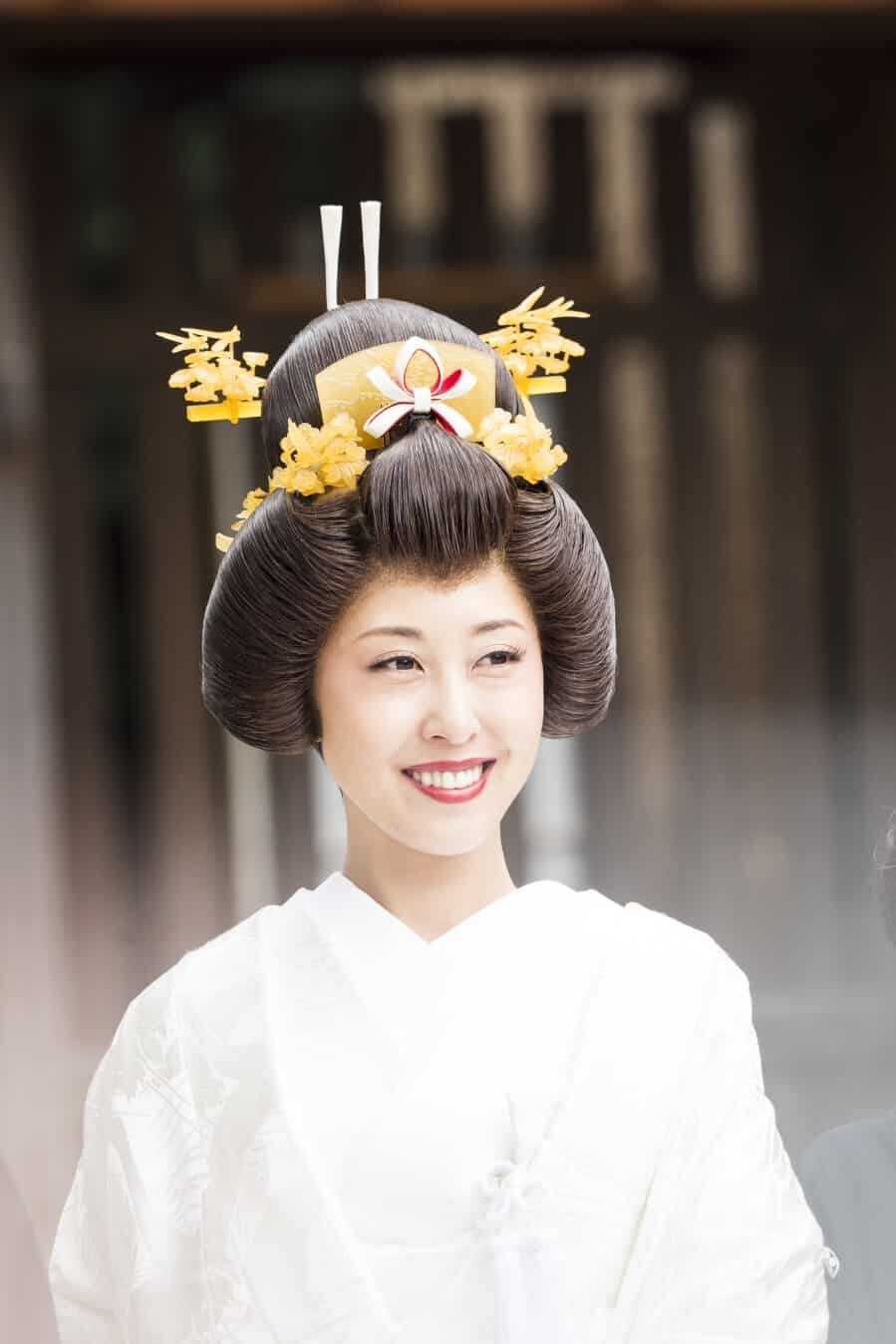
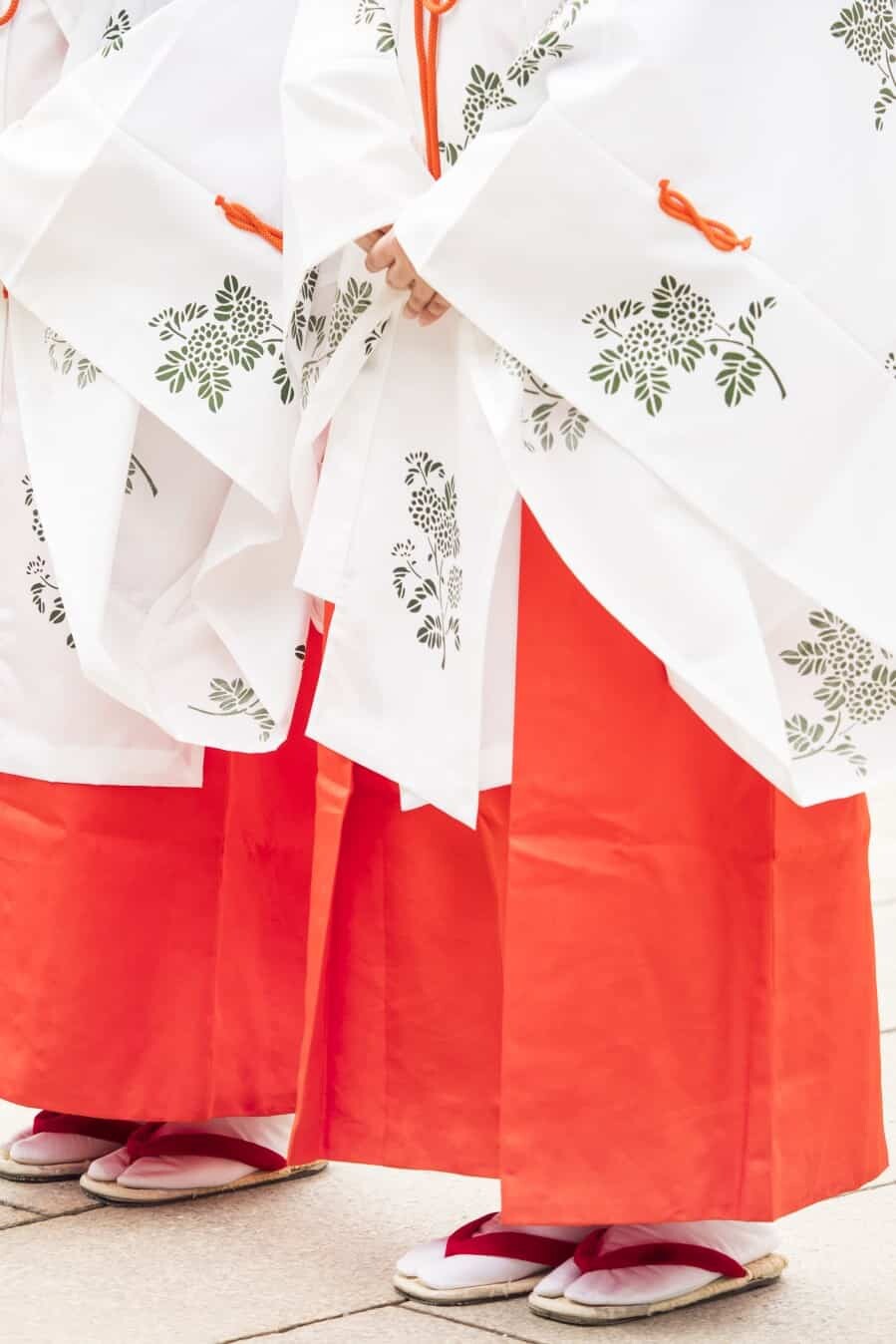
Use foreground objects to frame your image
I love the bokeh produced when you focus on a subject with this lens, it provides such a beautiful depth of field and my favourite thing is when you can use colourful foreground subjects like plants for framing the scene. The image below was taken in Arashiyama, Kyoto and by standing in the garden and using leaves and branches to frame the woman, it creates a gorgeous border that works to highlight her position within the image. Sometimes the shot won’t be immediately evident until you start testing some compositions and climbing between trees looking for that perfect angle.
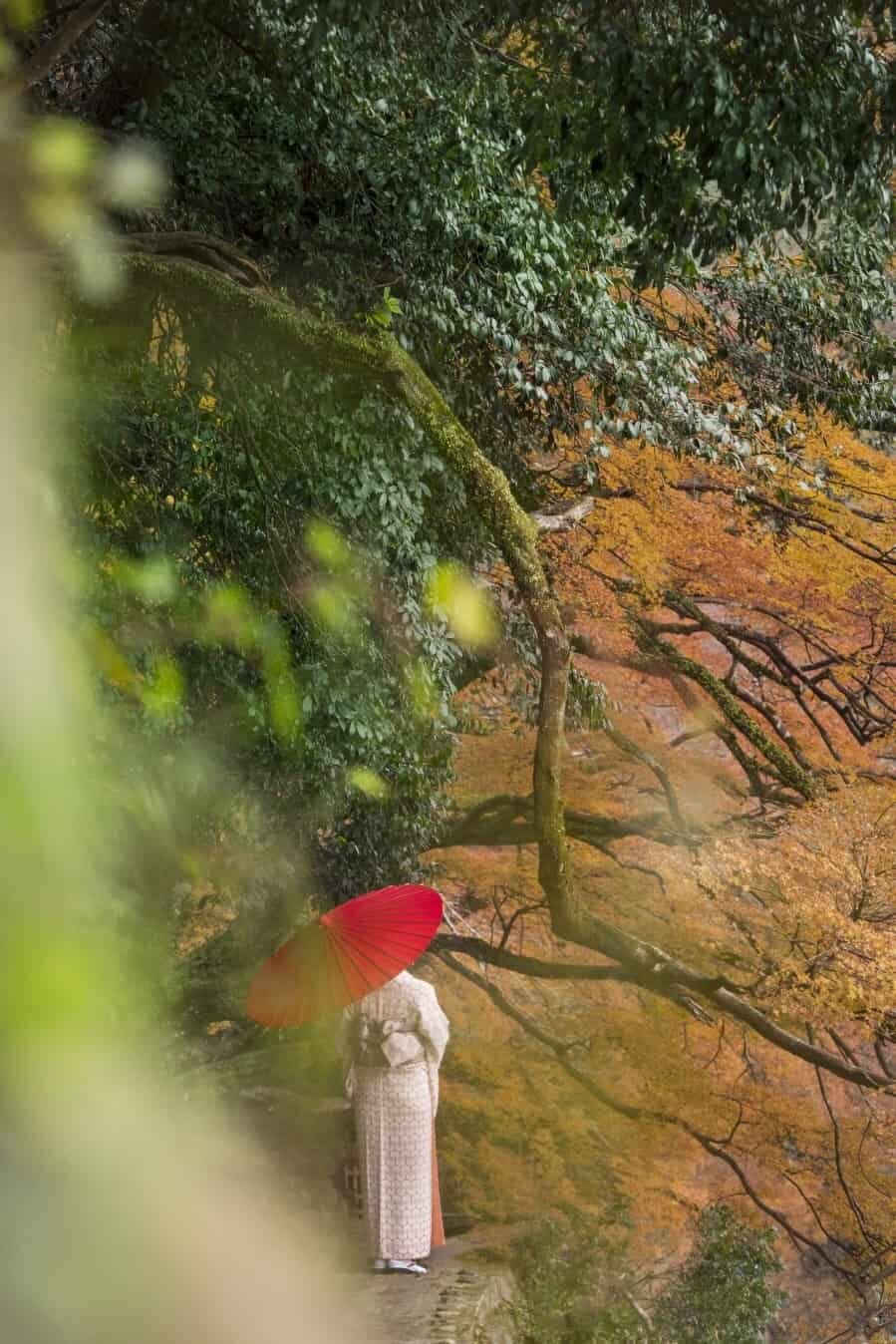
Photographing Details within a Landscape
I can get a little obsessed on the small details within a landscape and having the 40-150mm lens hasn’t done anything to help wane my obsession. Being able to set my focal length to 150mm and photograph patterns in ice, movement in the ocean, tree branches…doesn’t that sound so exciting!? Hopefully you’re as nature freaky as I am otherwise you’d be thinking I’m a little nutty right about now.
To show what I’m talking about in photos, which I think will help my case, below you’ll find a series of images taken at the full 150mm reach. Normally on a zoom lens, the further you zoom the less stable or clear your shot turns out. With an aperture of f/2.8 though, the M.Zuiko 40-150mm lens performs so incredibly well whether you’re shooting wide open, or right in close.
Since photographing with this lens it’s actually helped me to find details to capture that I can’t actually see with my eyes. I guess you could even use it as binoculars too…but now I’m giving away too much info about my hobbies haha!
Read more about my process of capturing details within a landscape here.
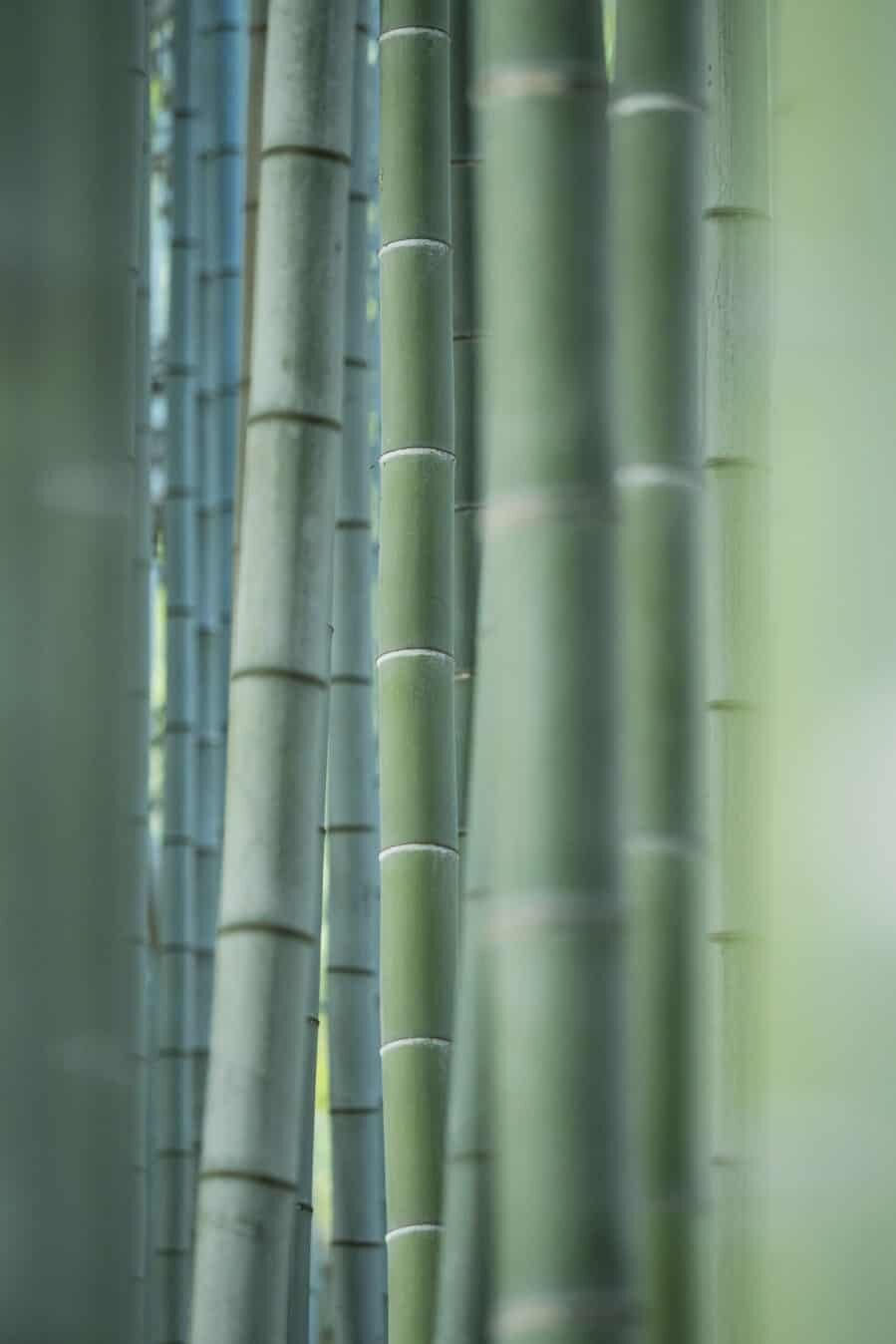
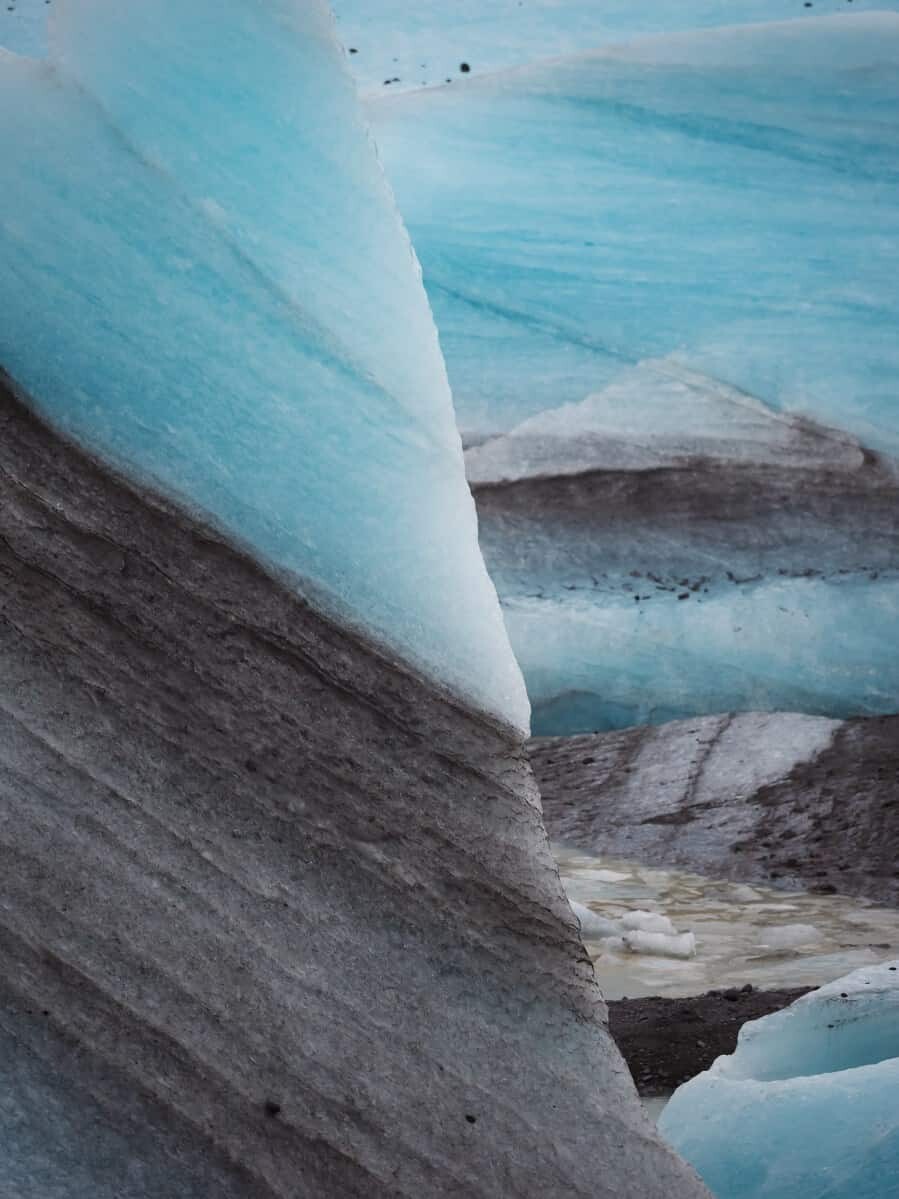
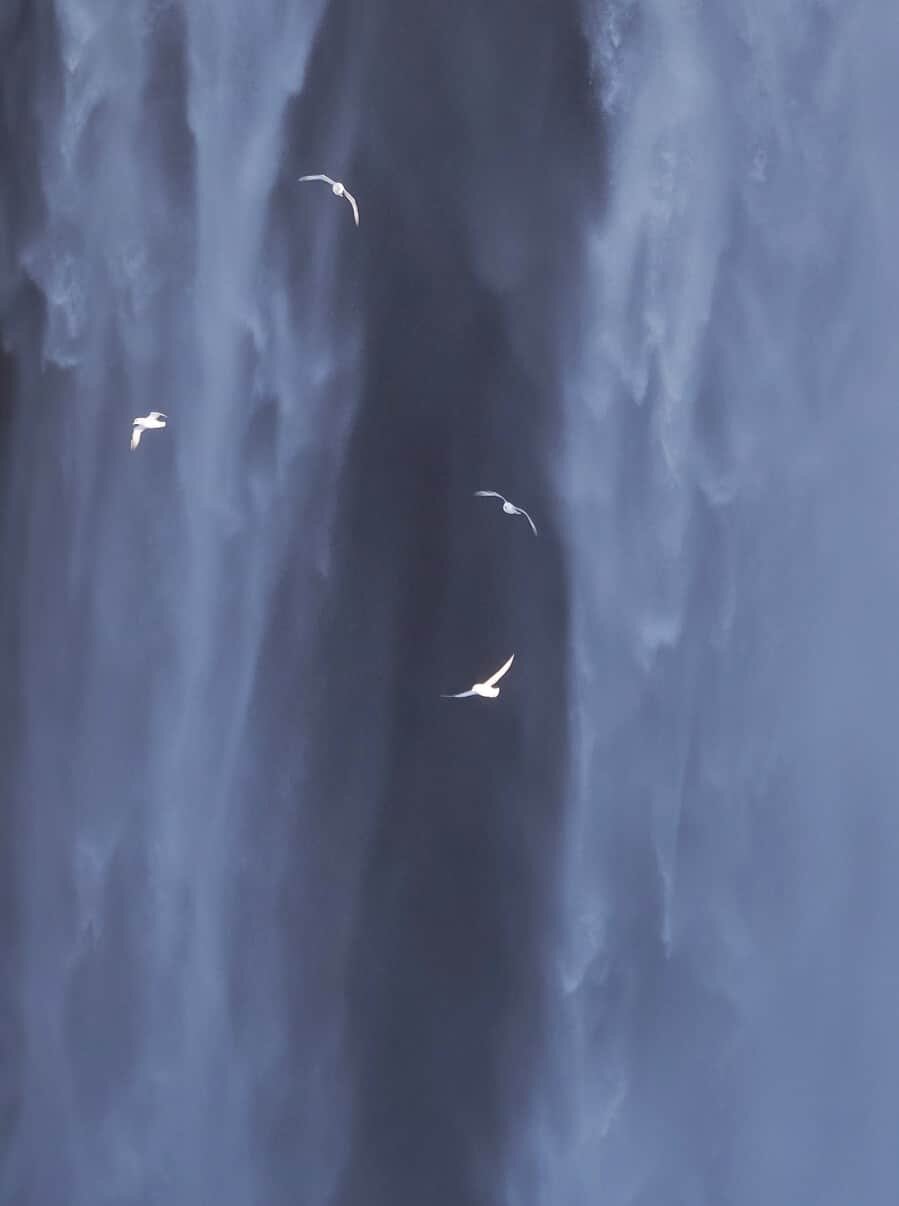
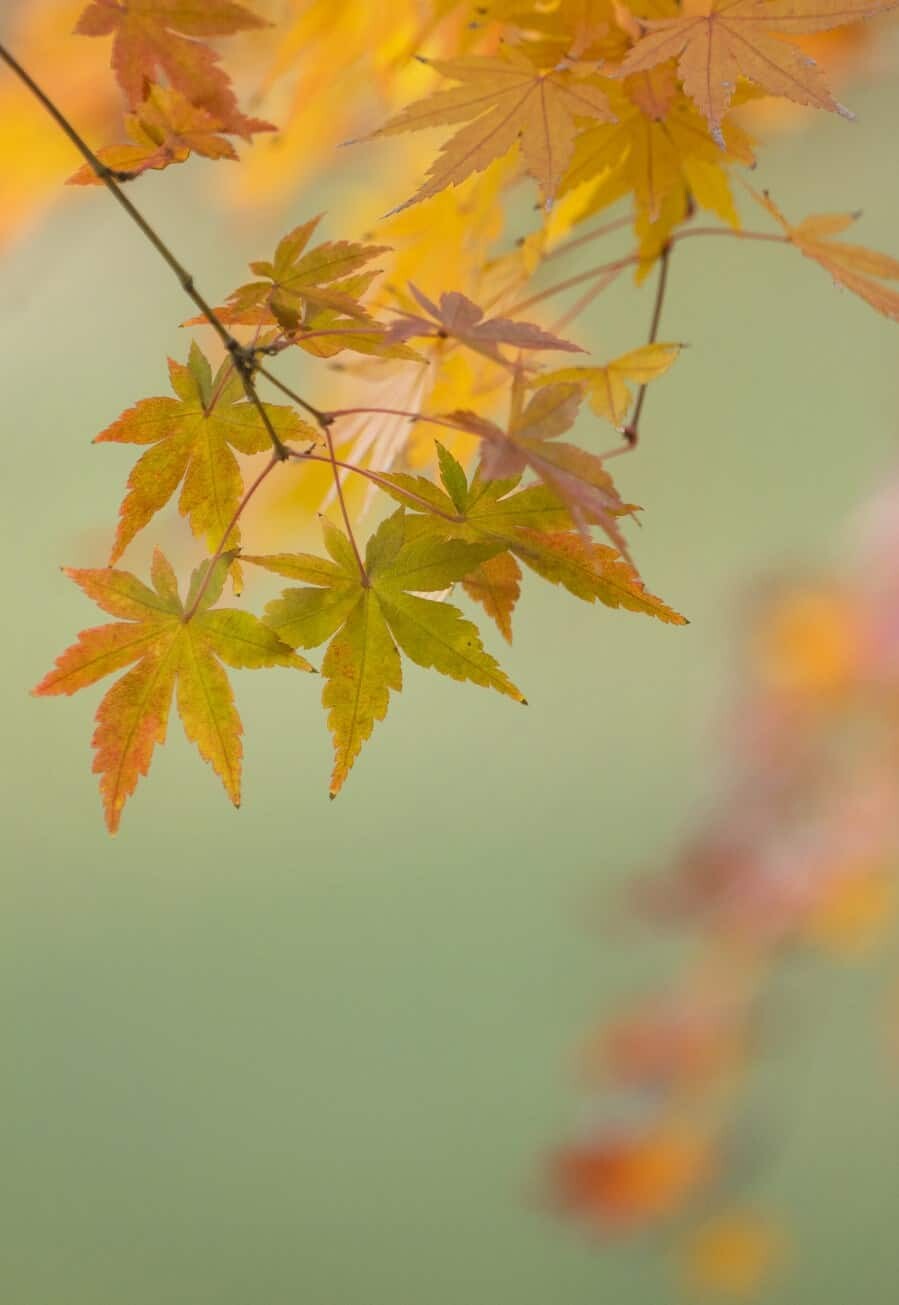
What to look for when purchasing a zoom lens?
- Decide what focal lengths you want it to cover. Are you heading away on safari and need a huge zoom to capture animals far in the distance? Or are you looking for a standard zoom that covers a 12-40mm range and is versatile for use in cities and landscapes?
- Check the maximum aperture. A wide aperture of somewhere between f/1.2-f/4 will mean your lens will perform really well in low light conditions, which is something you’ll want when travelling! My lenses are all f/2.8 or wider, meaning I can use them without a tripod even when it’s getting dark.
- Check if the lens has a constant or variable aperture. Some zoom lenses are expensive for a reason, you’ll be paying for quality and ease of use. One such quality is having a constant aperture, meaning that if it says the lens if f/2.8, it will remain at f/2.8 regardless of whether you’re shooting at 40mm or 150mm…this is a HUGE bonus. Some of the more standard zoom lenses will have a variable aperture, it’s normally written on the lens like f/3.5-f/5.6 which means that once you start zooming, you’ll find the maximum aperture is actually f/5.6 which can start to get a little tricky in low light conditions. It’s not necessarily a bad thing, it just means you’ll have to be more careful with your settings.
- Check it is weather resistant to some extent. There’s nothing worse than zooming in when it’s sprinkling rain and you discover your lens lets water in like it’s sitting in a bath.
- Lastly, check how heavy it is. You don’t want to be lugging around a 5kg monster lens if there’s a smaller, more lightweight option available with similar focal length.
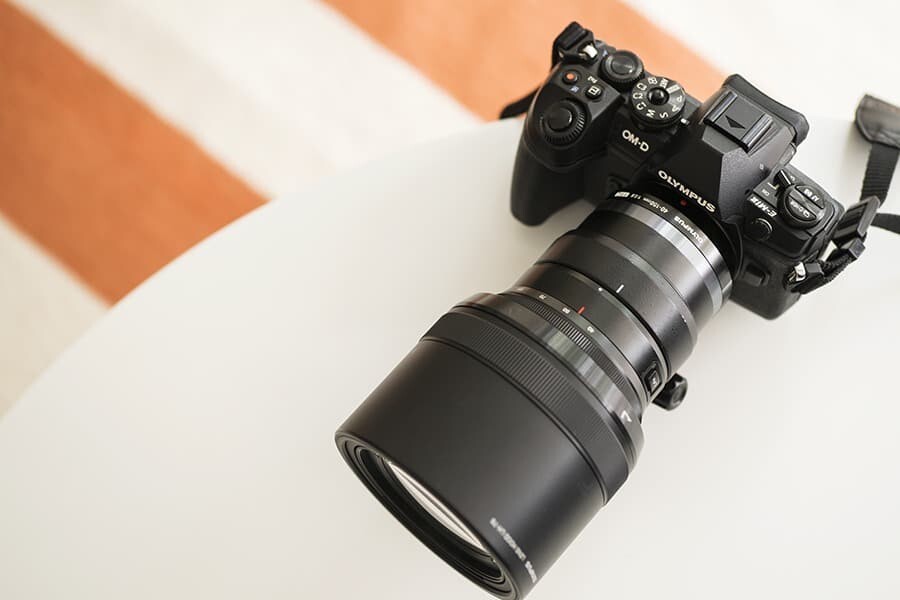
To summarise, some quick benefits of travelling with a zoom lens include –
- Compact and easier than carrying multiple prime lenses.
- Provides multiple composition possibilities
- Get close to subjects without needing to physically get too close (ie. When photographing animals)
- Alter perspectives and compress a scene to bring objects closer
- Create beautiful bokeh for portraits
- Allows you to blend in so you can capture street scenes and people photos without being noticed. *to be used appropriately!
- Great for photographing the details within a landscape
What’s your favourite lens? Let me know in the comments below!
Keen to learn more with The Wandering Lens?
If you’re eager to improve your photography, explore your creative talents and even perhaps work in the industry, you’ll find self-study courses and a library of eBooks and Workbooks via The Wandering Lens Store. I’ve developed online resources for photographers, creatives, dreamers, adventurers, travellers and freelancers. If that sounds like you, maybe we should connect and chat about your photography goals! These creative courses and resources bring together my 17+years of experience and lessons from working in the industry. I want to see others share their talents and get published, sell prints, find clients – to have the confidence to achieve whatever it is you want to within the field of photography. Get in touch via hello@thewanderinglens.com if you’d like to chat about your photography!
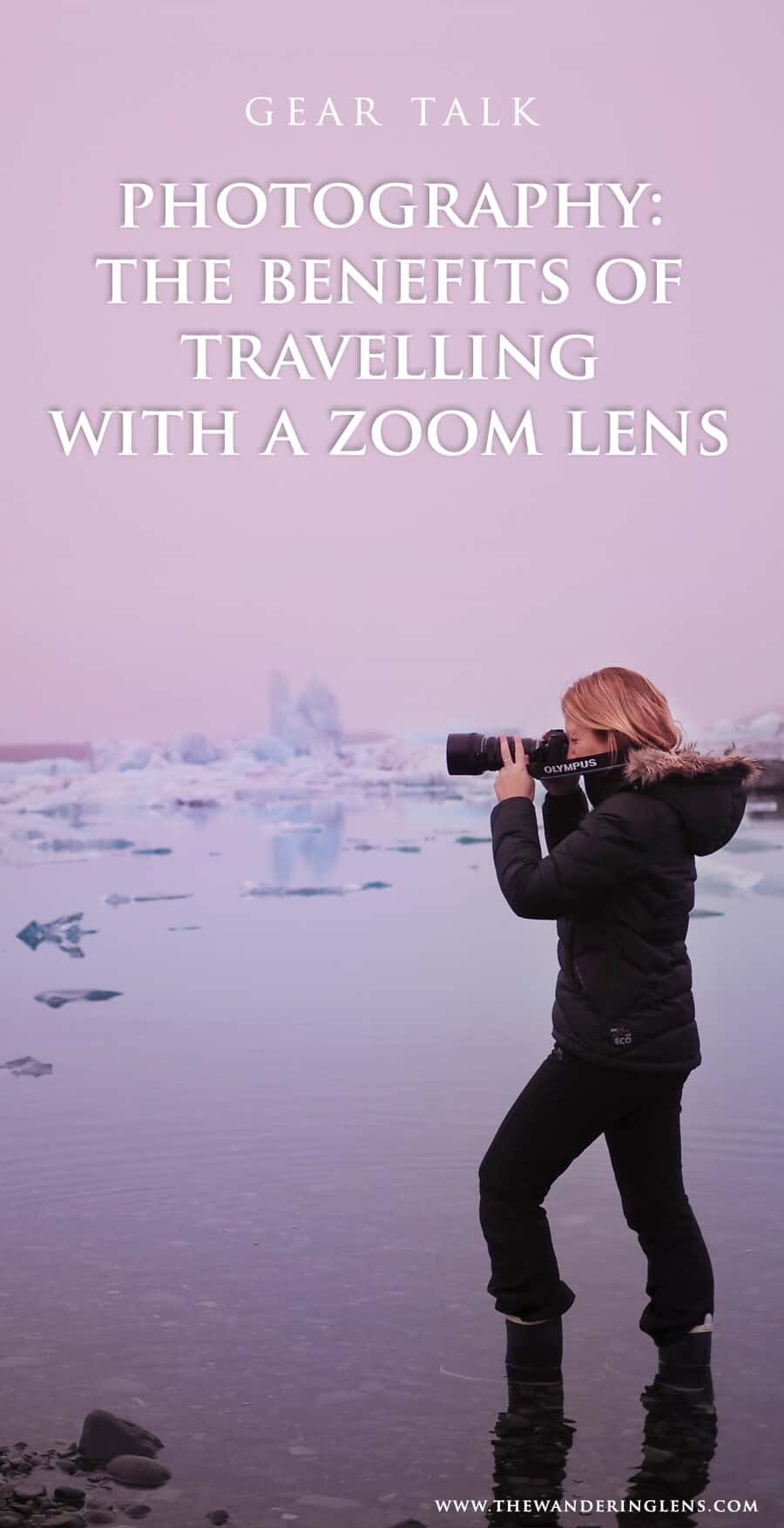

Hello! I’m the founder and photographer behind The Wandering Lens.
With 19+yrs experience as a professional travel and landscape photographer, all advice found on this site is from my personal experience, or that of contributors, on the road. I hope it’s useful for your own travels and would love to hear in the comments about your trips and experiences around the world.

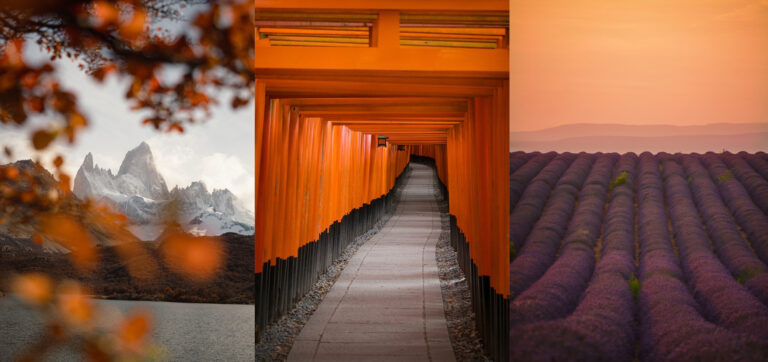
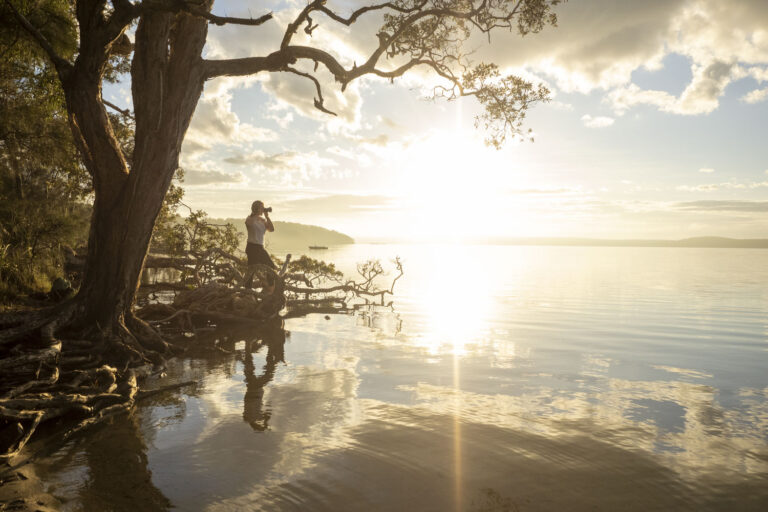
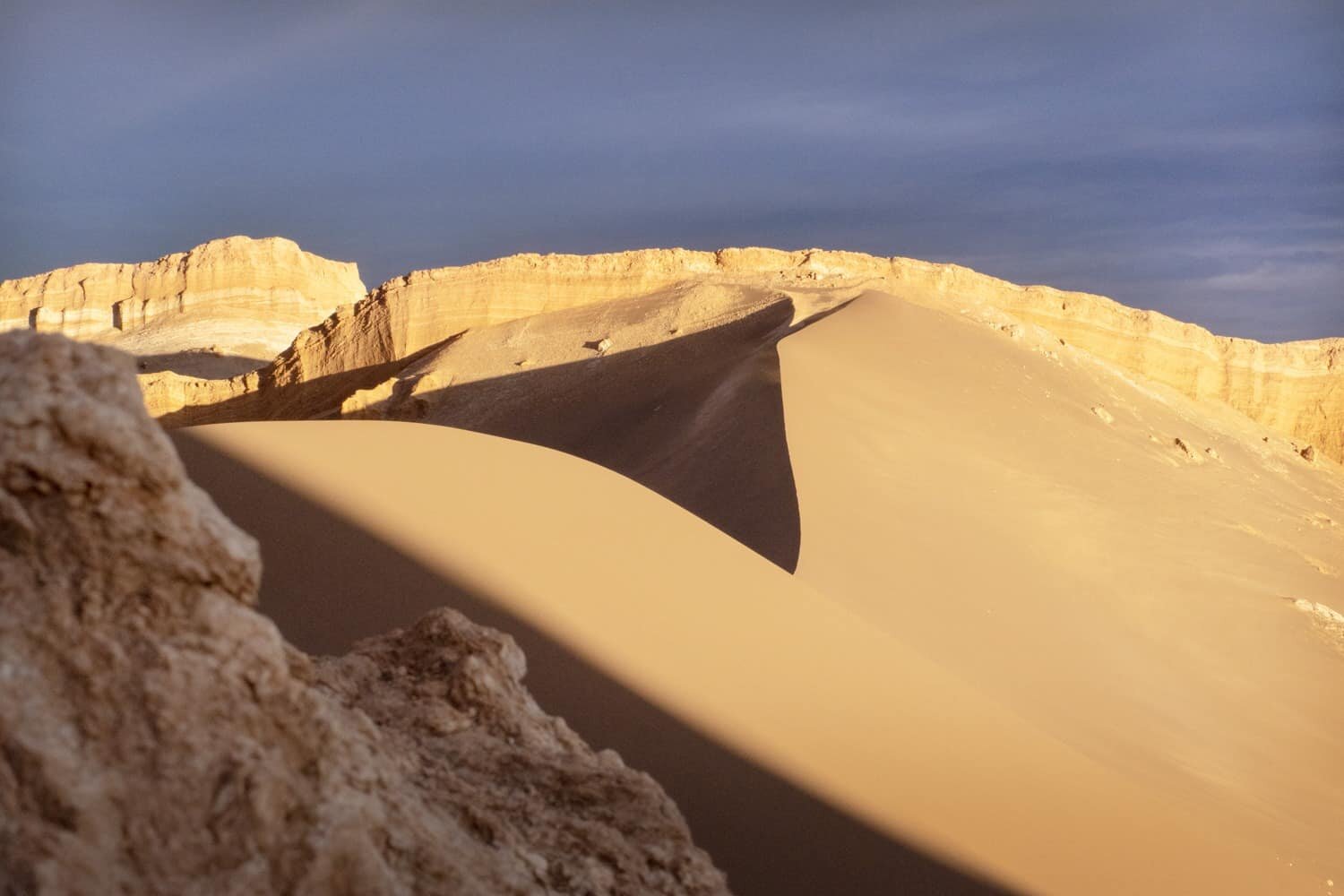
Blog Comments
Melissa
April 8, 2018 at 4:12 am
Love the versatility of zoom lenses while traveling. I agree with you that primes are good for some things, but if you are looking to reduce carry on weight zooms are the way to go!
Kleijn
January 15, 2021 at 8:38 pm
Thanks for your tips.
I use the 12-100 F4 this lens is so great. You can use it for landscape and familie shots. Sometime you take photos of a butterfly or a flower and than a shot of Bird.